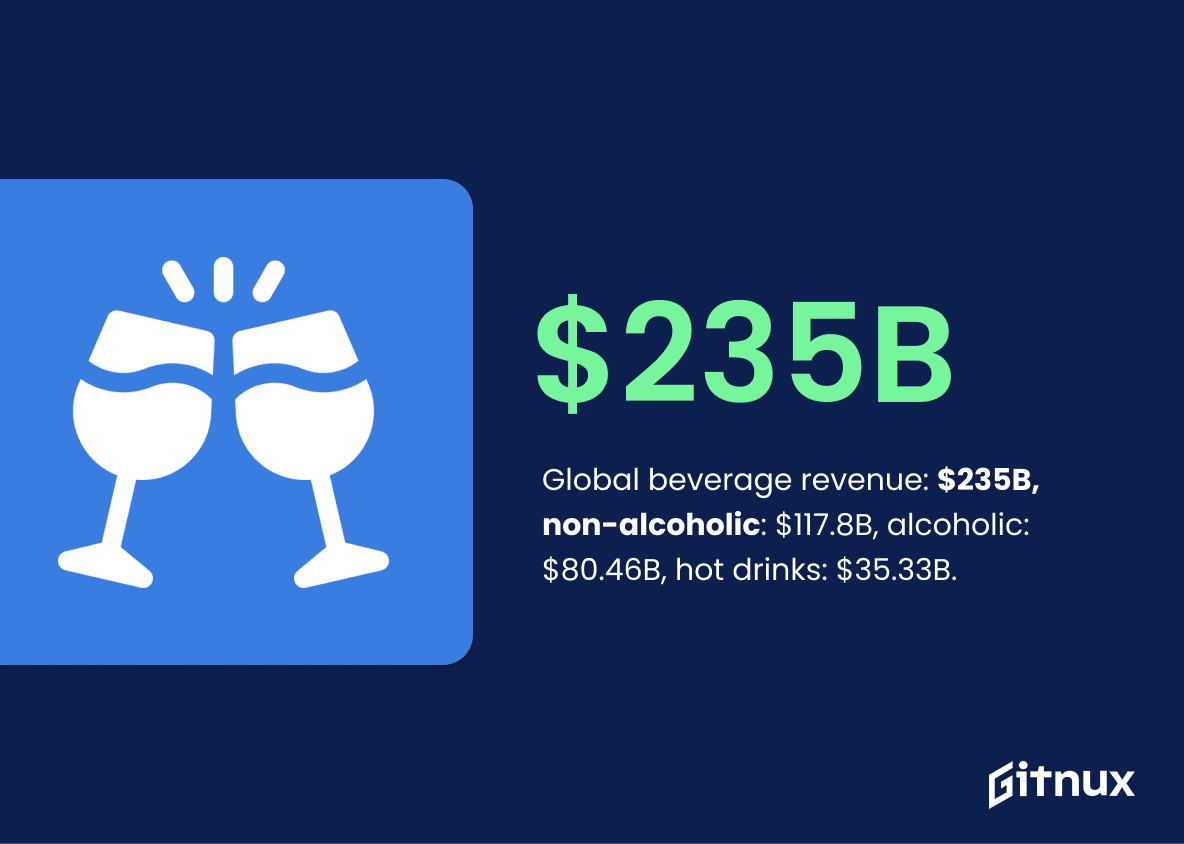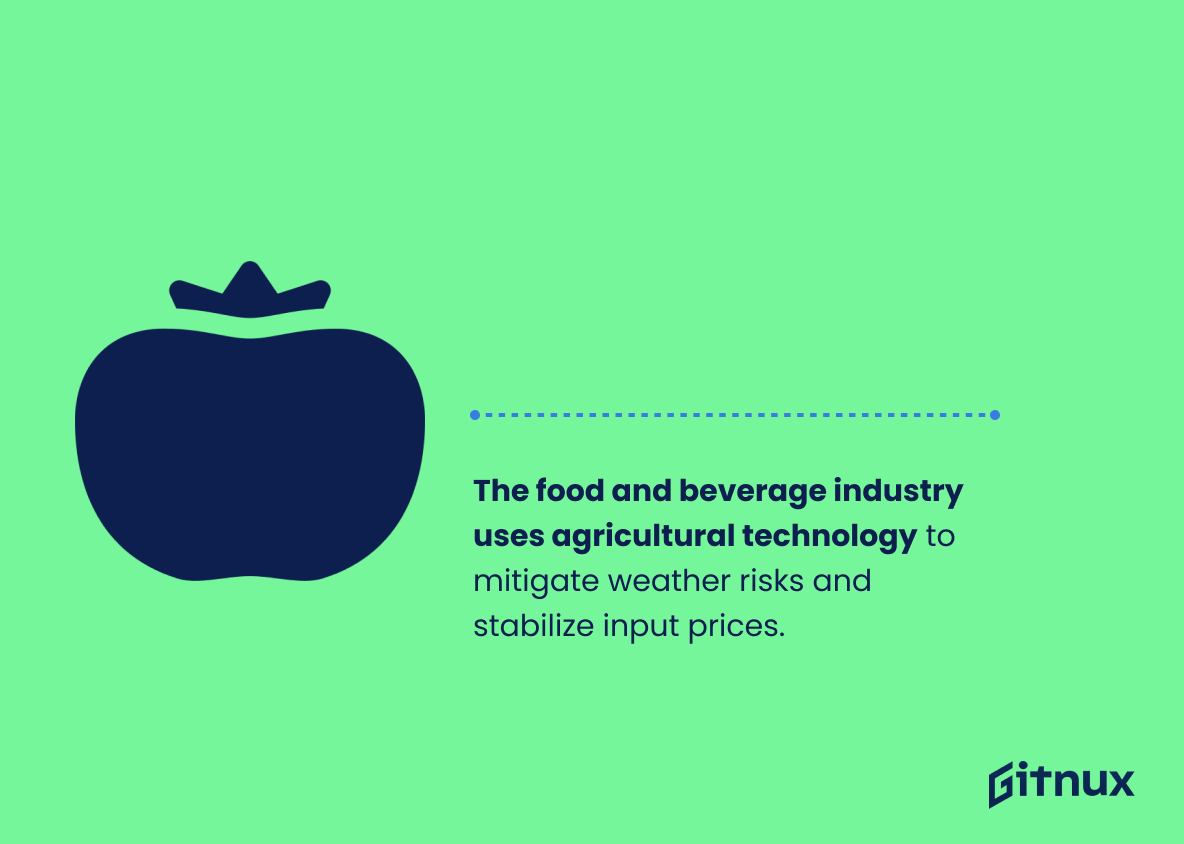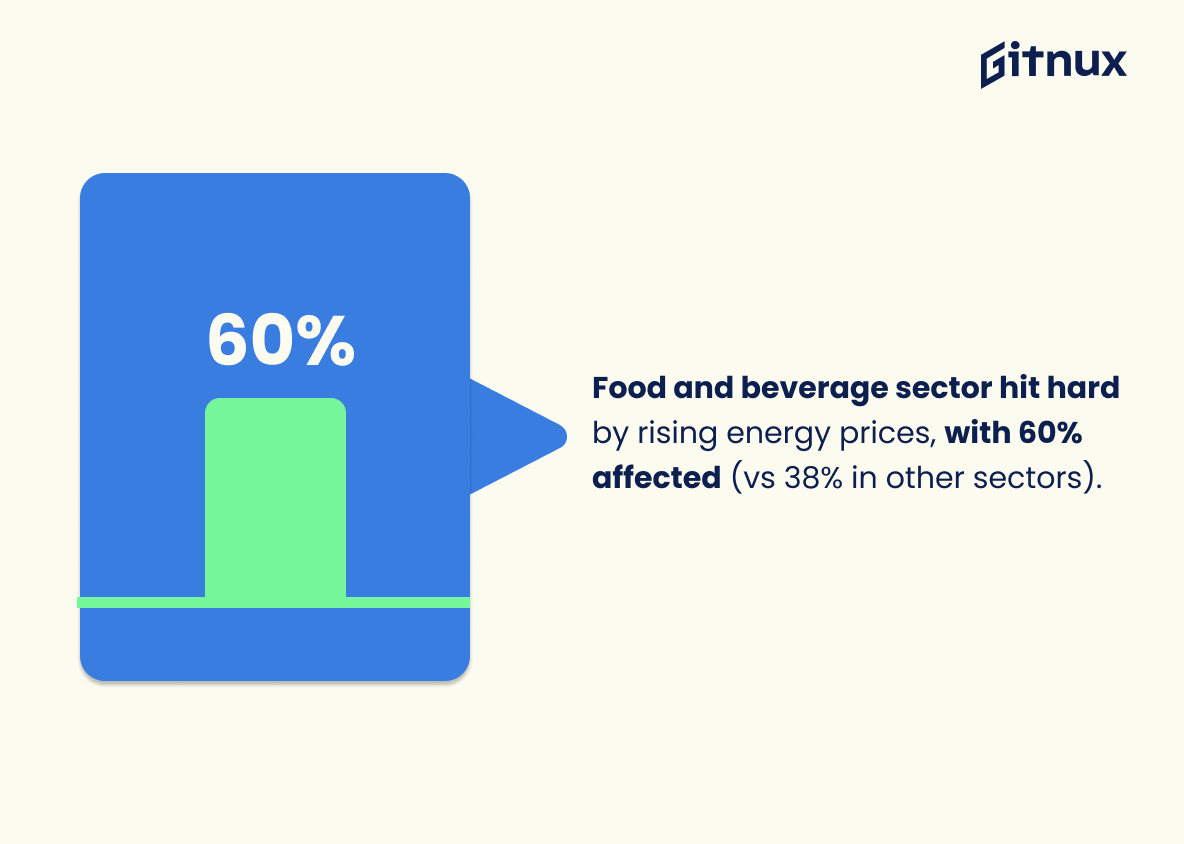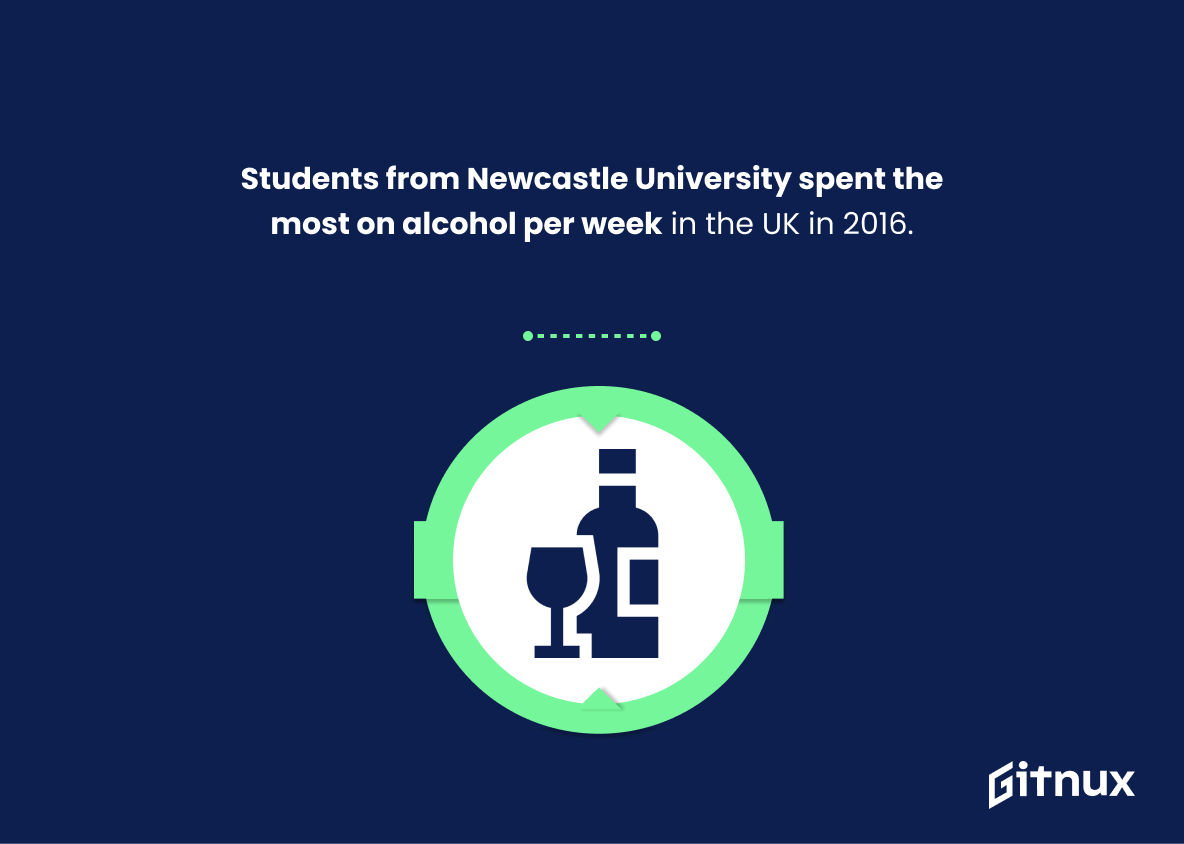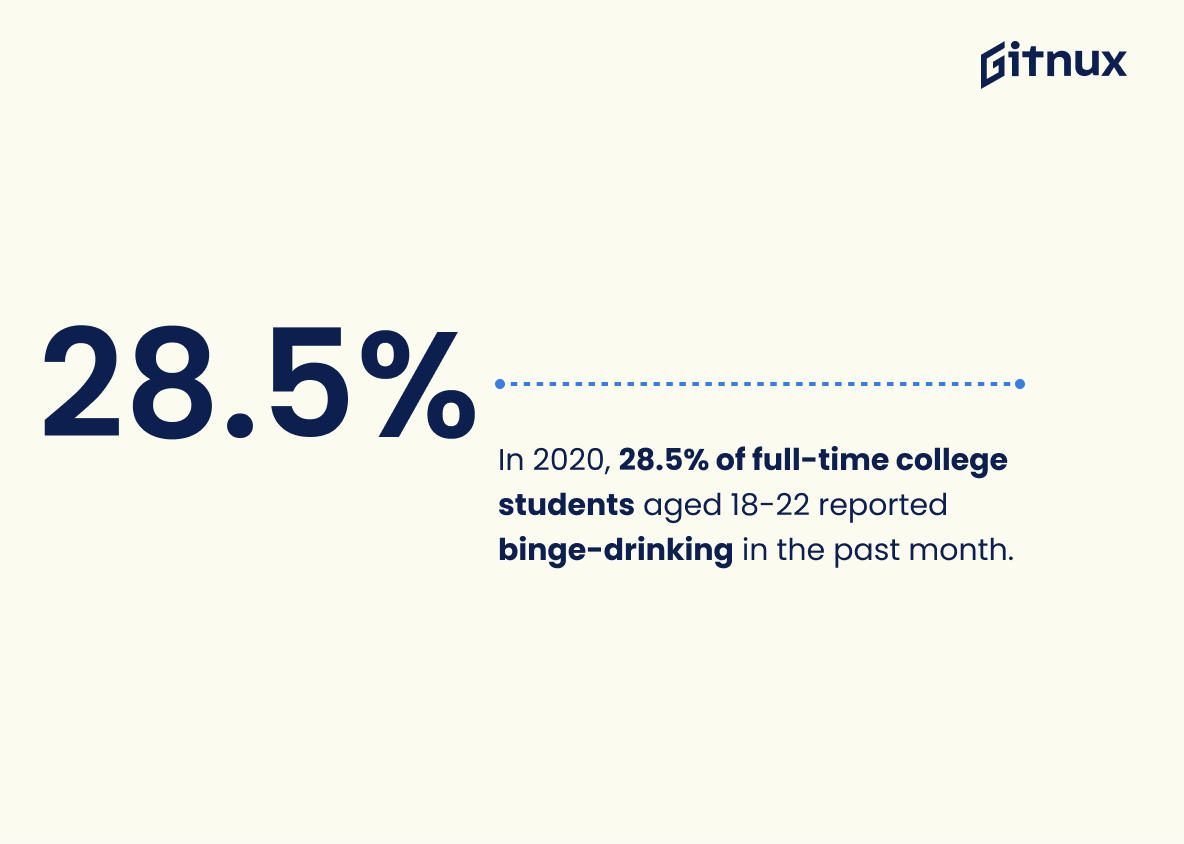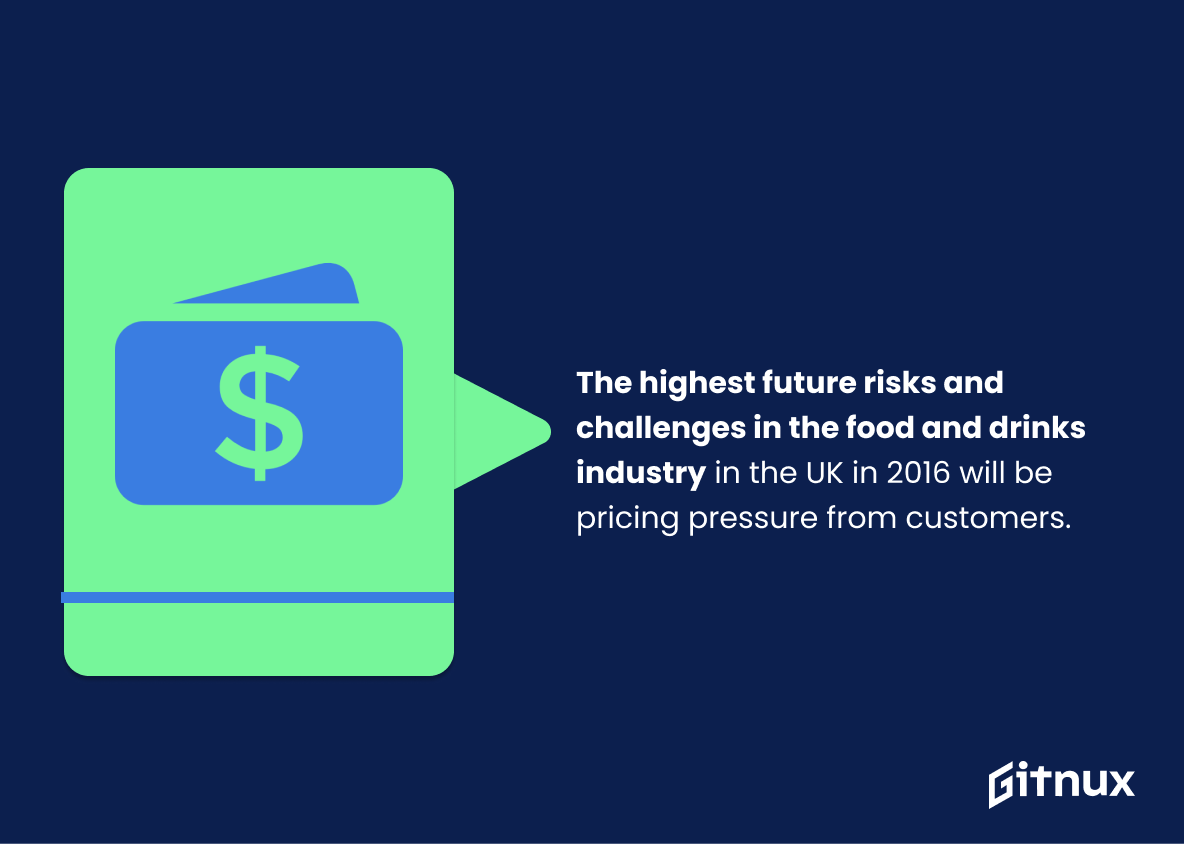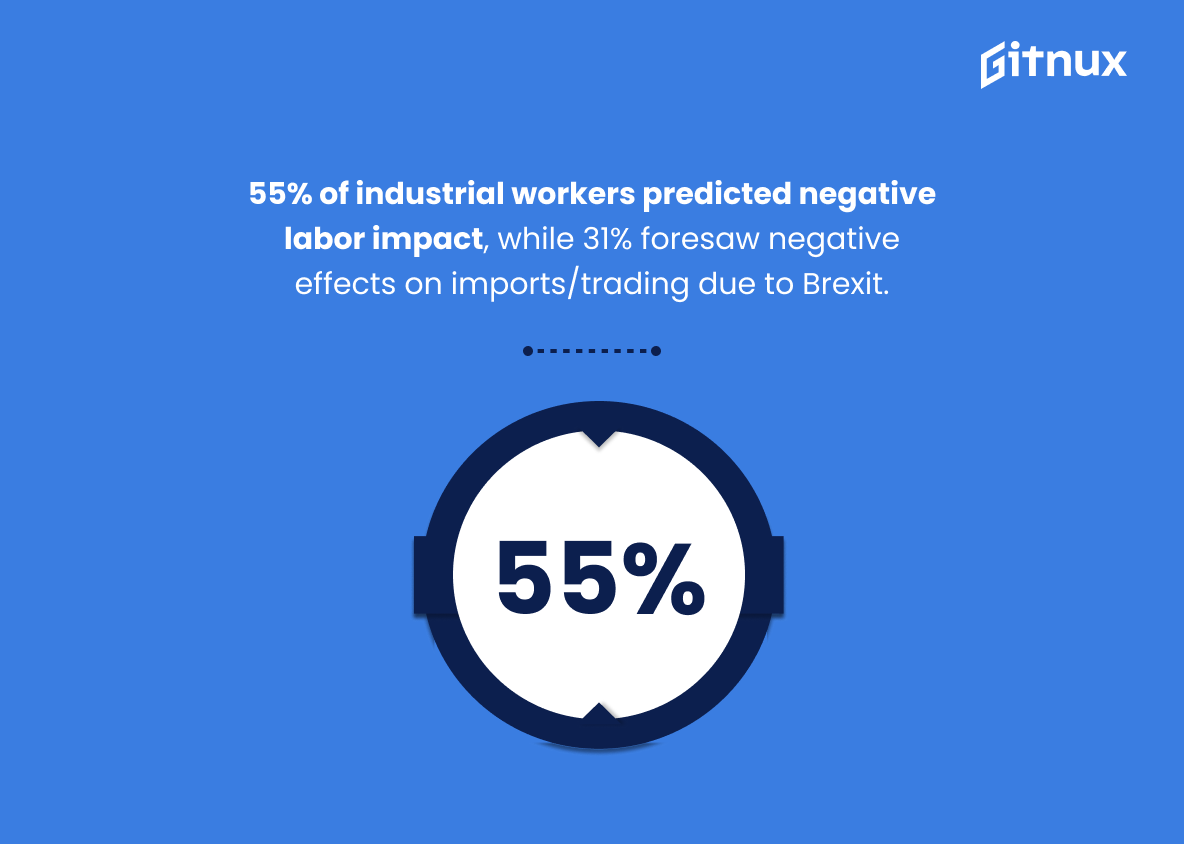As the beverage industry continues to grow, it is important to stay up to date on the latest trends and statistics. In this article, we will discuss the latest statistics on the beverage industry, including the size of the industry, the most popular beverages, and the top companies in the industry.
We will also discuss the impact of the industry on the economy and the environment. So, grab a cup of your favourite beverage and let’s dive into the world of beverage industry statistics.
Beverage Industry: The Most Important Statistics
The food and beverage sector has been significantly impacted by the recent rise in energy prices, with 60% reporting being affected compared to 38% across all sectors.
55% of industrial workers expected Brexit to have a negative impact on access to qualified labourers and 31% expected a negative impact on imports and trading performances.
Beverage Industry: Statistics Overview
In 2023, the worldwide revenue in the beverages segment is projected to reach US $235.00 bn, with non-alcoholic drinks occupying US $117.80 bn, alcoholic drinks having US$80.46bn, and hot drinks sharing US $35.33 bn.
This statistic matters in the context of Beverage Industry Statistics because it provides an overview of the projected revenue of the segment in 2023, as well as the breakdown of revenue between different types of drinks. This information can be used to inform decisions and strategies related to the Beverage Industry.
The UK beverage industry is projected to reach US$10.78bn in revenue by 2023, with 22.2m users by 2027.
The beverage industry in the UK is growing and is expected to continue to grow in the coming years. This growth is important for the industry as it shows that there is a strong demand for beverages in the UK and that the industry is likely to remain profitable in the future.
The food and beverage industry is utilizing agricultural technology and farm modernization to reduce the volatility of extreme weather events, which can damage crops and affect input prices.
This matters in the context of Beverage Industry Statistics because extreme weather events can have a significant impact on input prices, which can have a major effect on the industry’s overall profitability.
By utilizing agricultural technology and farm modernization, the industry can reduce the risk of extreme weather events and help to ensure more stable input prices.
The food and beverage sector has been significantly impacted by the recent rise in energy prices, with 60% reporting being affected compared to 38% across all sectors.
This highlights the importance of energy efficiency and environmental sustainability for the food and beverage industry.
The high energy prices have made it difficult for businesses to remain competitive and profitable, and as a result, plastic has become a major focus in the strive to make business practices more environmentally friendly.
This statistic shows the need for the food and beverage industry to focus on energy efficiency and environmental sustainability in order to remain competitive and profitable.
Students from Newcastle University spent the most on alcohol per week in the UK in 2016.
This shows which universities are spending the most on alcohol, which can help companies target their marketing efforts and better understand the preferences of university students.
3.9% of middle and high school students in South Korea acquired alcohol from adults and drank it in May 2020, while 11.6% of students drank alcohol in the same time period.
There is a significant portion of underage individuals who are consuming alcohol, which could have an effect on the beverage industry in terms of sales and regulations.
Japanese men aged 60 had the highest weekly per capita coffee consumption in 2020, with females from age 40-59 having the second highest.
This shows the gender and age demographics of the highest coffee drinkers in Japan, which can help companies in the beverage industry better target their marketing and product development.
In 2020, 28.5% of full-time college students aged 18-22 reported binge-drinking in the past month.
This statistic is important for the Beverage Industry Statistics because it shows the prevalence of alcohol consumption among college students, which is a key demographic for the industry. This data can be used to inform marketing strategies and product development for the industry.
The highest future risks and challenges in the food and drinks industry in the UK in 2016 will be pricing pressure from customers.
It highlights the need for companies to be aware of the competitive pricing environment and to be able to adjust their prices accordingly in order to remain competitive.
55% of industrial workers expected Brexit to have a negative impact on access to qualified labourers and 31% expected a negative impact on imports and trading performances.
It shows that the majority of industrial workers are expecting a decrease in access to qualified labourers and trading performances due to Brexit, which could have a significant impact on the beverage industry.
Conclusion
In conclusion, the beverage industry is a huge and ever-growing industry. It is an industry that is constantly changing and adapting to the needs of consumers. With the help of technology, the beverage industry has become more efficient and cost-effective.
The industry is also becoming more environmentally friendly and sustainable. With the help of statistics, we can better understand the trends and changes in the beverage industry and make informed decisions about our own businesses.
References
1 – https://www.statista.com/outlook/dmo/ecommerce/beverages/worldwide#revenue
2 – https://www.statista.com/outlook/dmo/ecommerce/beverages/united-kingdom#revenue
3 – https://hylant.com/insights/blog/food-and-beverage-industry-outlook-winter-2022/
4 – https://www.westgateuk.co.uk/news/3-major-challenges-facing-the-food-and-beverage-industry/
5 – https://www.statista.com/statistics/586395/weekly-expenditure-on-alcohol-university-students-united-kingdom/
6 – https://www.statista.com/statistics/1126370/south-korea-middle-and-high-school-students-obtaining-alcohol-method/
7 – https://www.statista.com/statistics/653892/japan-weekly-coffee-consumption-by-gender-and-age/
8 – https://www.statista.com/statistics/354294/binge-alcohol-use-in-adults-18-to-22-in-the-us-by-college-enrollment/
9 – https://www.statista.com/statistics/558361/key-challenges-in-food-and-drink-industry-in-the-united-kingdom-uk/
10 – https://www.statista.com/statistics/1062055/brexit-s-impact-on-the-food-and-industry-in-the-united-kingdom-by-area/
